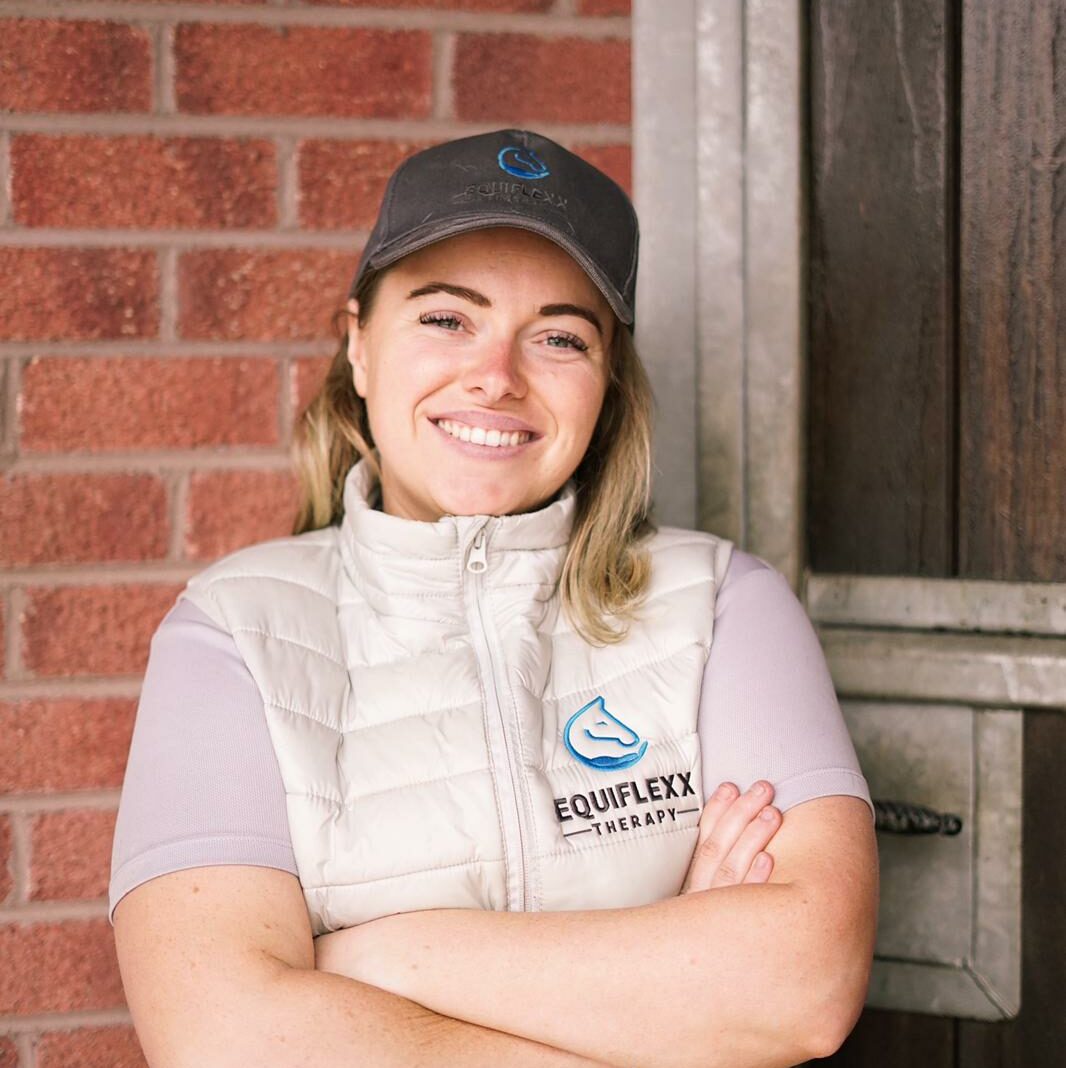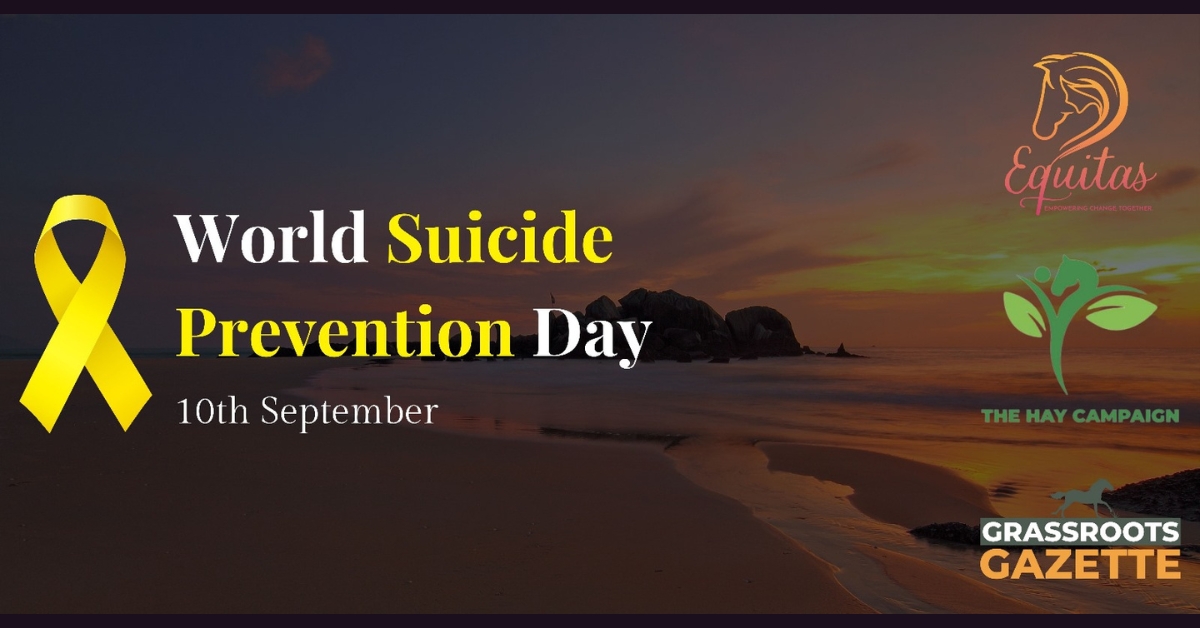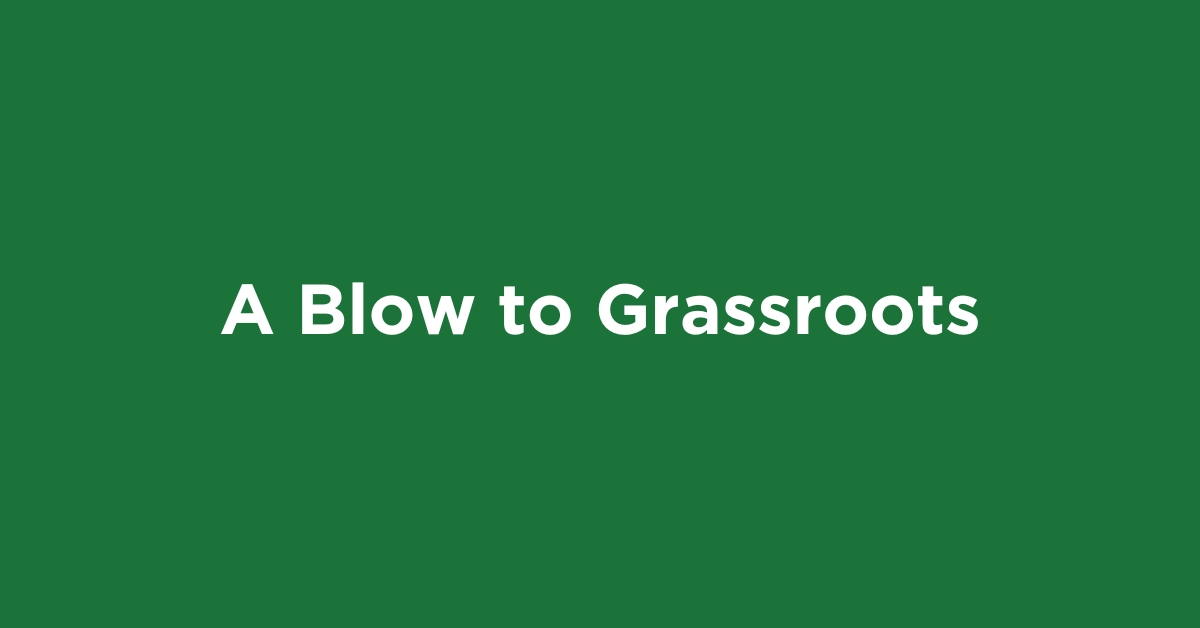By Emer McNamee
The dreaded diagnosis that every Horse Owner fears. Overriding Dorsal Spinous Processes or Kissing Spines (KS) is a condition that can occur in any horse of any breed, sex or age but commonly occurs in Warmbloods and TBs. The cause of KS is still widely unknown but there is strong evidence showing factors such as confirmation, improper training (horse carries head high causing back to become inverted), poor saddle fit, genetics. The horse’s spine is comprised of individual, evenly spaced vertebrae, connected by ligaments and surrounded by muscle. When KS is present, vertebrae are too close together, sometimes touching or ‘kissing’ causing severe pain and reduced mobility.
There can be a wide variety of clinical signs but are not always obvious and clear cut. Poor performance usually being one of the first indicators people pick up on. Reluctance being tacked up or back ‘hollowing’ when the rider is mounting. Bucking and plunging under saddle or on the lunge. Flinching or moving away from your touch when being groomed or rugged up. Resting hind limbs on the banks of the stable. Look for rub marks on the horse’s tail or any poo stains on the wall, this is a tell tale sign for back pain. If the horse leaves you an extra present in the water drinker this is not them trying to get on your nerves, this is also an indicator of pain! Straining to poo can be very difficult if they have severe back pain. If I walk into a stable to treat a horse and there are many Picasso paintings on the wall I always make a mental note of this to consider in the treatment.
Ok so, your horse has been diagnosed with Kissing Spine, now what do you do? Your Vet will determine what degree the condition is at and what is the most appropriate treatment plan going forward. You may not have to go down the surgery route. But, whatever treatment plan you and your Vet decide is best for your horse, Rehabilitation and strengthening will be necessary post-treatment.
The key to KS rehab is core engagement. Any good Physical Therapist should be able to design a rehab programme for your horse. I am going to give you a step by step guide on how to perform a simple lateral neck stretch with your horse. This is one of the many stretches that would be included in a rehabilitation programme for KS cases.
TIPS


Share
Your subscription is 100% Free for our first year, No credit card details required.

The equine industry is demanding—long hours, physical labour, and financial strains can be incredibly tough. That’s why the HAY Campaign—How

Horse Sport Ireland, the governing body for equestrian sports here in Ireland, recently announced significant changes to its constitution. While

Championing Resilience and Community in Showjumping Avril Mackey’s influence in the equestrian community goes beyond just competition; she embodies the